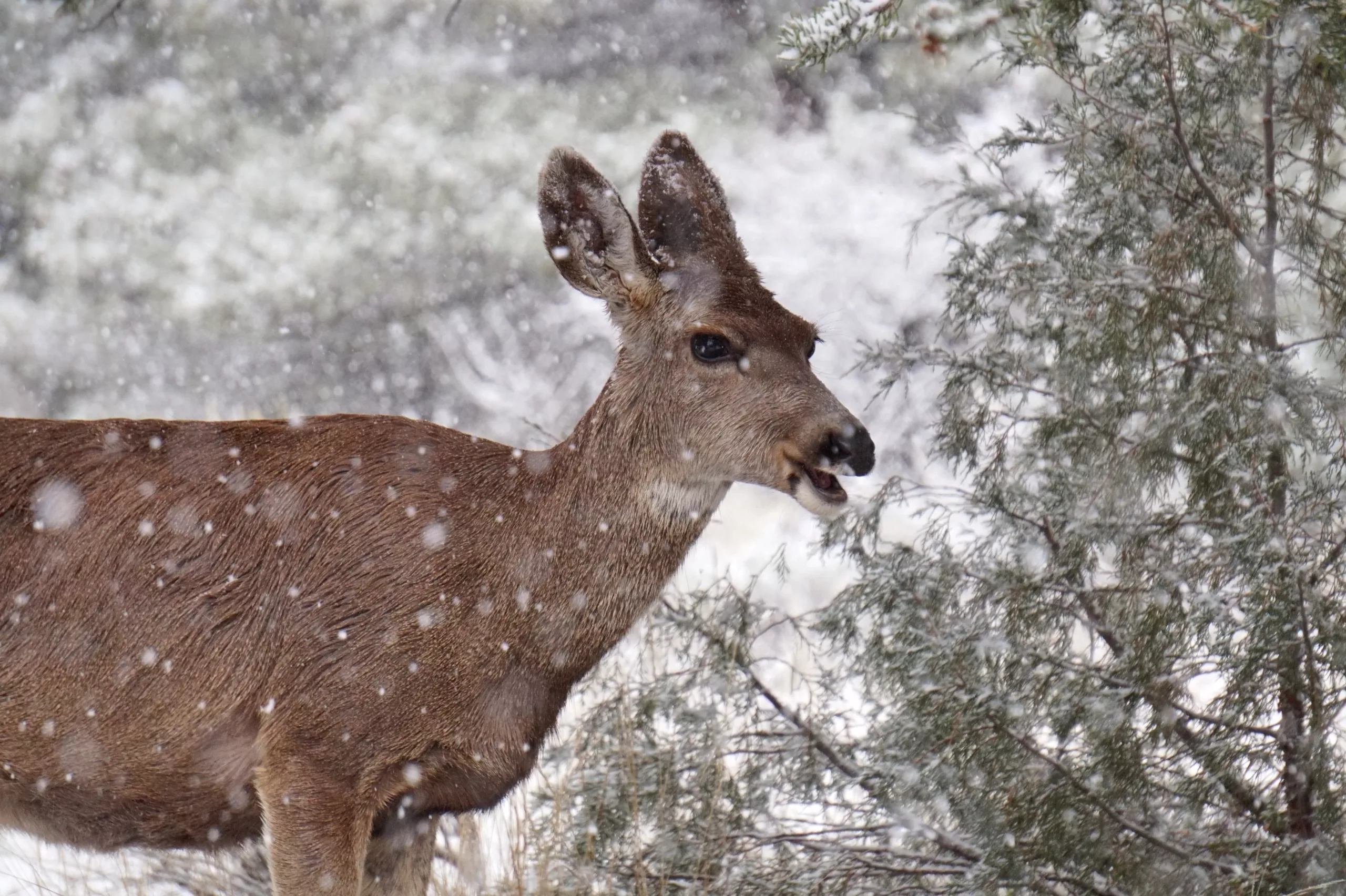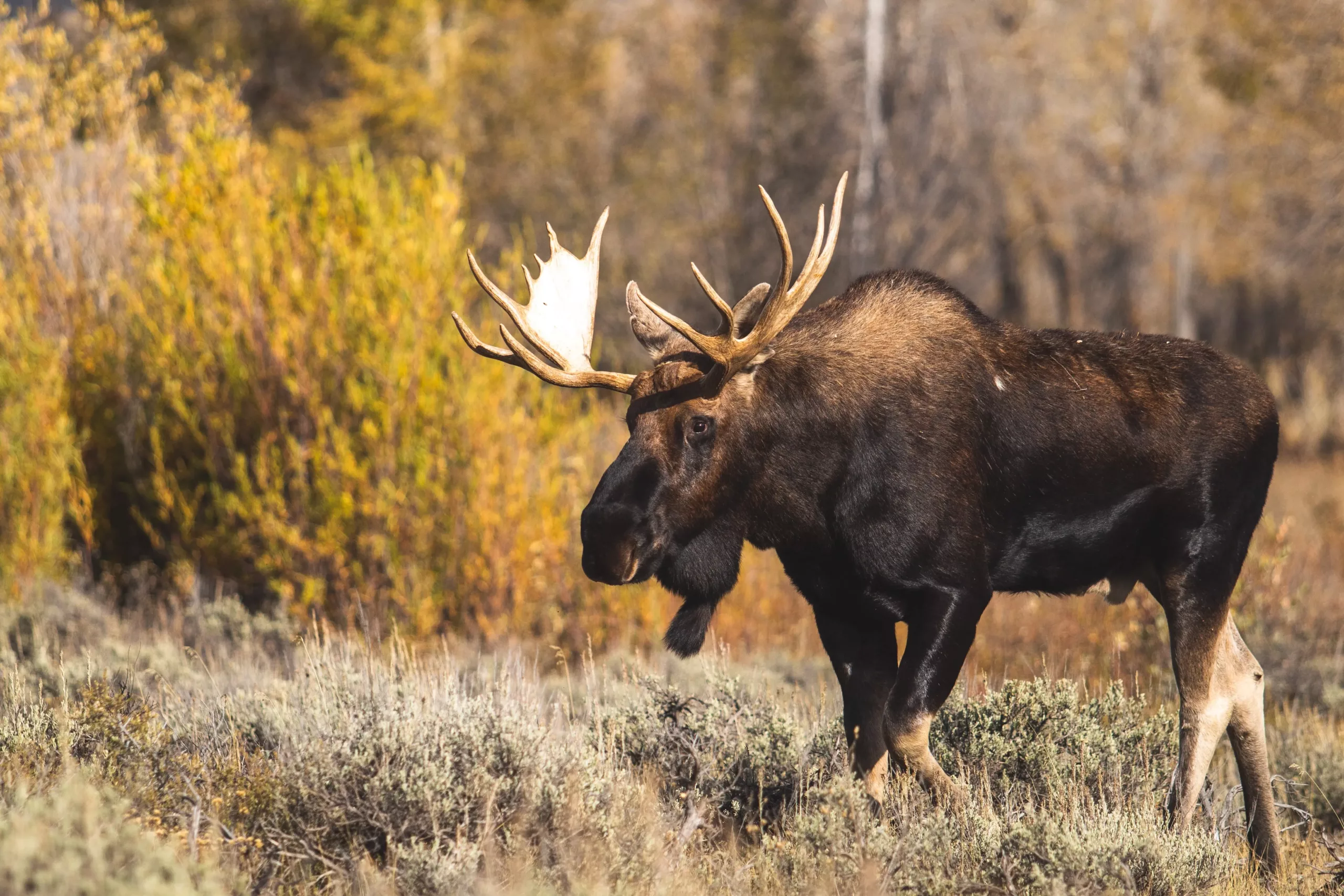North Dakota mule deer survey indicates 29% drop in population

The North Dakota Game and Fish Department has announced a decrease of 29% in the mule deer population in western North Dakota compared to last year. The numbers are also 5% below the long-term average. This finding was a result of the annual Spring mule deer survey, covering nearly 300 square miles. Biologists counted a total of 1,994 mule deer in the area, which has resulted in an overall mule deer density of 7.0 deer every square mile in the badlands.
The spring survey is conducted to assess mule deer abundance in the badlands. Aerial surveys are carried out in the same 24 designated study areas since the 1950s. The surveys are conducted after the snow has melted, but the trees have not yet started to leaf out, providing the best conditions for aerial observation of deer.
Severe winter the primary cause for decline in mule deer population
Extreme winter conditions and historic blizzards from the previous spring were the primary reasons for the decrease in mule deer numbers this year.
Fall survey previously indicated reduced mule deer population
Concerns about the mule deer population were already present based on the results of the fall survey. Biologists recorded a 31% decrease in mule deer numbers from the previous year with an aerial survey of 1,116 mule deer in October.
The fall survey showed that the fawn:doe ratio decreased to 69/100, which was lower than the long-term average of 87/100. However, it was higher than in 2021, where the ratio was 60/100. The buck:doe ratio remained steady, with 40 bucks per 100 does, similar to 2021 (38/100), and the long-term average (43/100).
The fall aerial survey only covers the 24 designated study areas and 306.3 square miles in western North Dakota. Biologists use this survey to study the demographics of mule deer, including population status and productivity.





